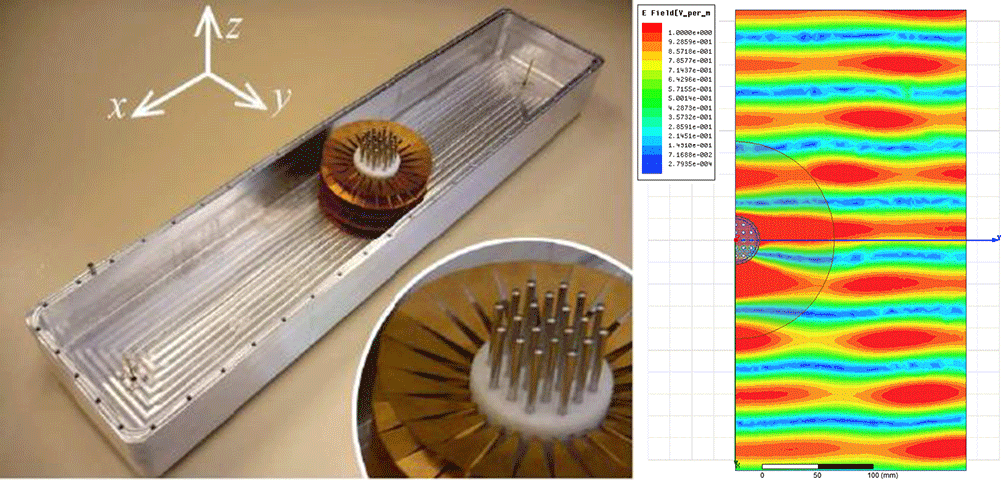
Transmission-line metamaterials
Transmission-line metamaterials are a special class of metamaterials where instead of embedding small metallic or dielectric inclusions in a dielectric host in order to achieve advantageous and unusual electromagnetic properties, the same is achieved by coupling electromagnetic waves into a periodically loaded transmission line or a transmission-line network with specific and engineered properties. Compared to conventional metamaterials, transmission-line metamaterials have the benefits of being easy to manufacture, having low losses and being typically easily tunable.
• Transmission-line cloaking: In recent years, the topic of cloaking has received considerable interest, both inside the scientific community and among the popular media. Several cloaking techniques have been suggested, most well-known being the scattering-cancellation cloaking (2005) and the transformation-based cloaking (2006). These well-established techniques rely on the use of, often hard-to-realize, metamaterials in order to achieve exotic material parameters needed to render an object practically invisible at a certain frequency or in a (usually very narrow) frequency band. In 2008 we have suggested another, simpler and more wideband cloaking technique, transmission-line cloaking for hiding mesh-like objects [1]. In transmission-line cloaking, the incident electromagnetic wave is coupled via a so-called transition layer (a metal taper) to a transmission-line network. The wave propagates inside the transmission-line network until it again hits the transition layer on the other side of the cloak and is coupled back to free space. As the wave inside the transmission line network travels only inside the transmission lines, the volume between the lines is effectively cloaked. We have studied the operation of several such cloaking structures and confirmed their operation both numerically and experimentally (e.g., [1-4]). Transmission-line cloaking can be used, for example, for cloaking metallic support structures that would otherwise distort the radiation pattern of a nearby antenna.
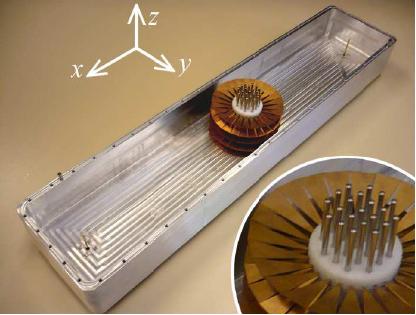
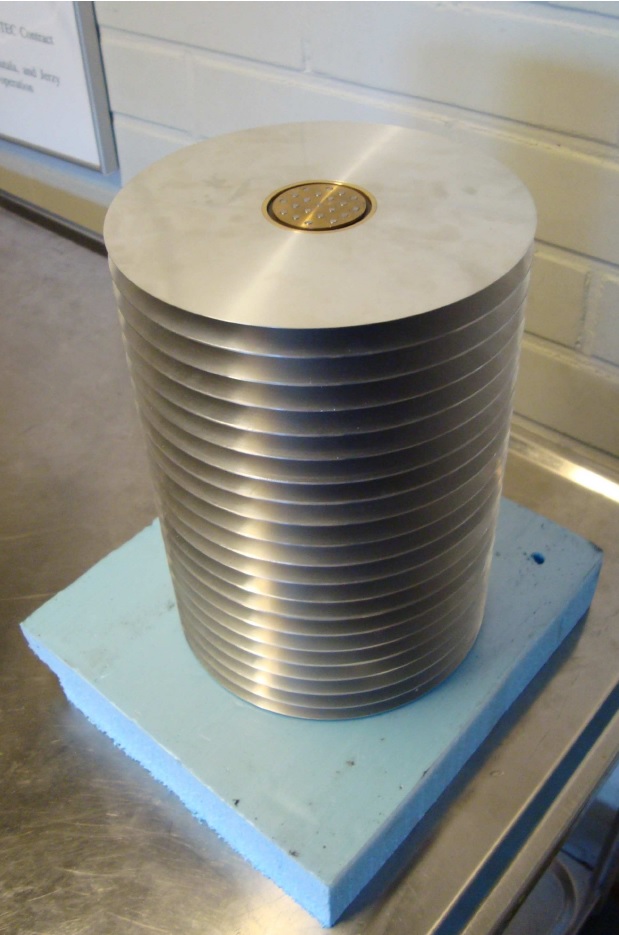
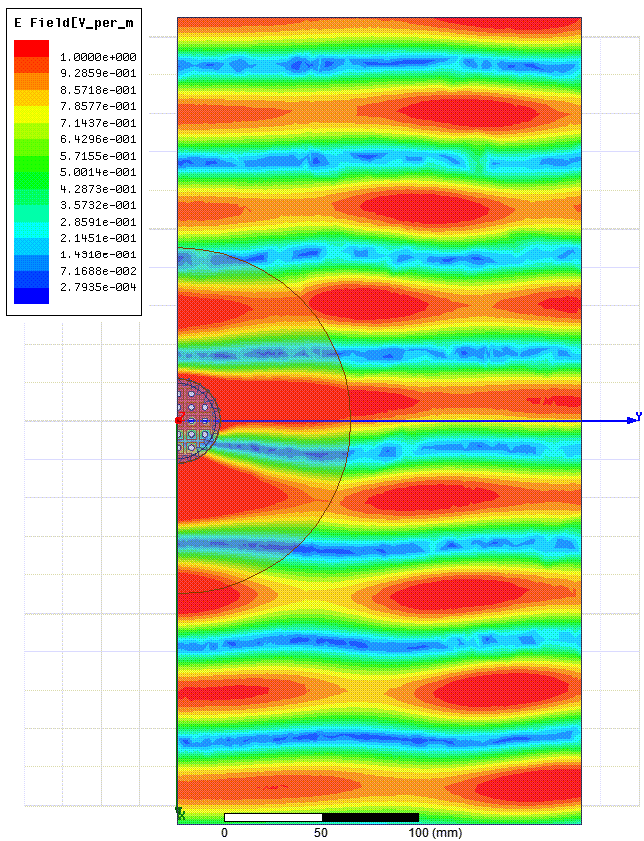
• Transmission-line lenses: Homogeneous dielectric lenses have been commonly used in microwave applications. However, these lenses have the major drawback of having poor impedance matching to free space leading to considerable reflections and unwanted loss of power. We have suggested two alternative ways to realizing a weakly-reflecting microwave lens: one based on transmission-line networks [5] and the other on periodically loaded one-dimensional transmission lines [6]. As in transmission-line cloaks, a metallic coupling taper is used in both designs for coupling the incident wave from free space to the transmission lines and vice versa. These designs have the benefit of having very good impedance matching with free space as well as being easy to manufacture.
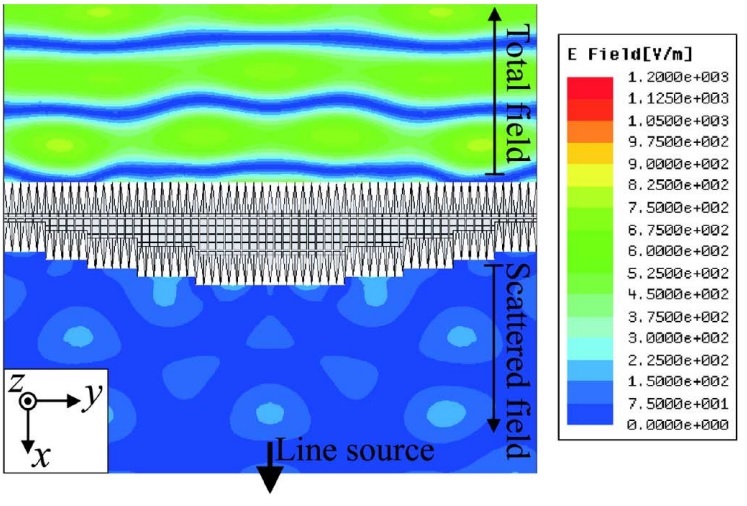
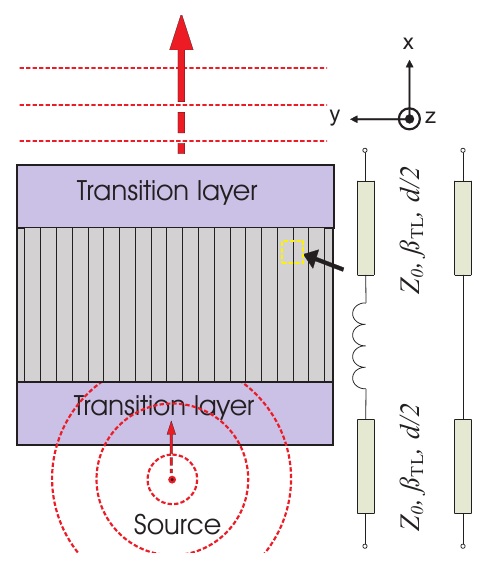
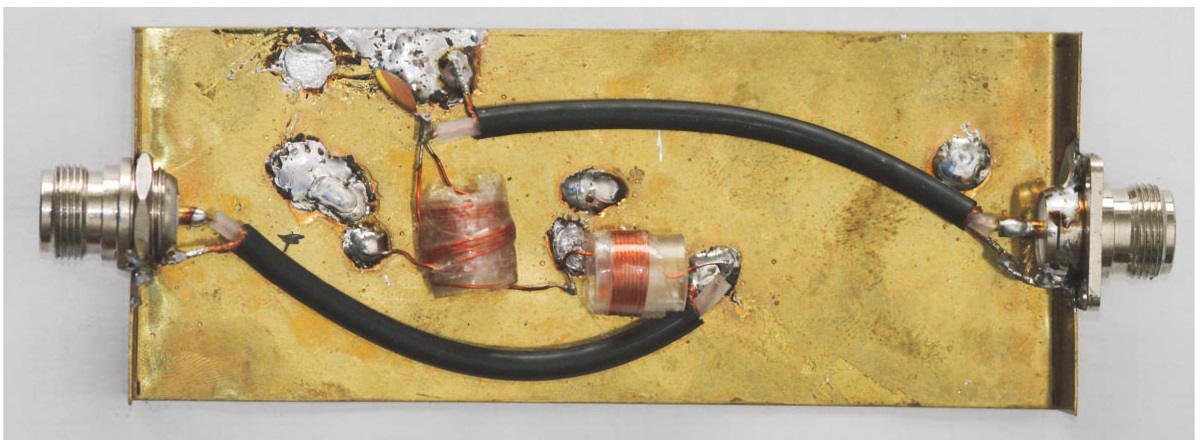
Main publications
- [1] P. Alitalo, O. Luukkonen, L. Jylhä, J. Venermo, and S. A. Tretyakov, "Transmission-line networks cloaking objects from electromagnetic fields, " IEEE Trans. Antennas Propag., vol. 56, no. 2, pp. 416-424, Feb. 2008.
- [2] P. Alitalo, S. Ranvier, J. Vehmas, and S. A. Tretyakov, "Microwave transmission-line network guiding electromagnetic fields through a dense array of metallic objects, " Metamat., vol. 2, no. 4, pp. 206-212, May 2008.
- [3] P. Alitalo, F. Bongard, J.-F. Zrcher, J. Mosig, and S. Tretyakov, "Experimental verification of broadband cloaking using a volumetric cloak composed of periodically stacked cylindrical transmission-line networks, " Appl. Phys. Lett., vol. 94, p. 014103, 2009.
- [4] J. Vehmas, P. Alitalo, and S.A. Tretyakov, "Experimental demonstration of antenna blockage reduction with a transmission-line cloak, " IET Microwaves, Antennas & Propagation, vol. 6, no. 7. pp. 830-834, 2012.
- [5] P. Alitalo, O. Luukkonen, J. Vehmas, and S. A. Tretyakov, "Impedance-matched microwave lens, " IEEE Antennas and Wireless Propagation Letters, vol. 7, pp. 187-191, 2008.
- [6] J. Vehmas, P. Alitalo, S. Tretyakov, Low-reflection inhomogeneous microwave lens based on loaded transmission lines, 7th European Conference on Antennas and Propagation (EuCAP), pp. 1585-1589, Gothenburg, Sweden, 8-12 April 2013 (convened session presentation).
- [7] J. Vehmas, S. Hrabar, and S. Tretyakov, "Omega transmission lines with applications to effective medium models of metamaterials, " Journal of Applied Physics, vol. 115, p. 134905, 2014.